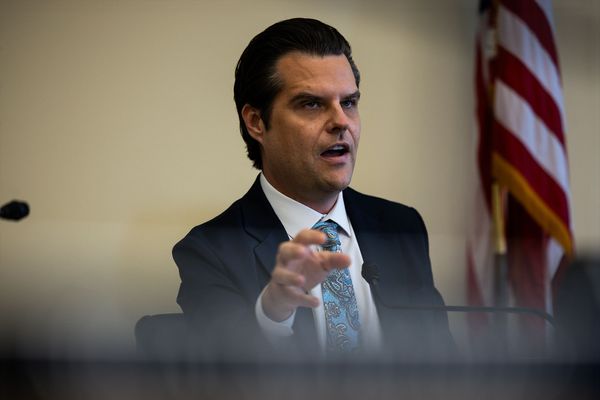
One of the defining characteristics of Tony Abbott’s brief time as prime minister was Labor’s absolute refusal to cut him a break — it opposed pretty much everything he proposed, leaving vast swathes of the 2014 budget mired in the Senate. It was payback for Abbott’s relentless negativity when he was in opposition — especially in cases where he put forward measures in government he’d opposed in opposition, like cuts to Family Tax Benefit payments. It eventually led Barnaby Joyce to publicly wonder whether, just maybe, the Coalition hadn’t been a little too negative in opposition.
It seems that Peter Dutton has learnt at least part of that lesson.
On the NDIS, the Coalition could be forgiven for fighting Bill Shorten’s efforts to rein in spending every step of the way. Pretty much anything the Coalition did in government on the NDIS was savaged by Shorten as an assault on the disabled community — “steamrolling though unpopular individual assessments“, an “undeclared campaign to slash the NDIS funds of people with disabilities across Australia“, “the Morrison government’s obsession with slashing the NDIS is killing jobs and stranding Australians with disability.” The irony, of course, was that NDIS spending was hitting new heights year after year under the Coalition.
But any Coalition desire for payback is tempered by the realisation that if it returns to government anytime in the next decade it will face the same fiscal pressure to curb relentlessly rising NDIS costs — including that driven by state governments cost-shifting. It’s willing to back Shorten’s reforms, to be implemented by a much larger National Disability Insurance Agency.
On aged care, the Morrison government provided a target-rich environment, especially around its mishandling of the sector in the pandemic. But there’s been a greater history of bipartisanship on funding of aged care. It was one of the few areas where Abbott declined to pick a fight with the Gillard government when it introduced a greater level of user pays as it dramatically expanded home care. This time around, the Coalition has only demanded marginal changes to Labor’s proposed expansion of user pays in both residential and home care.
Curbing spending on aged care and particularly on the NDIS isn’t merely a matter of fiscal discipline. They are two key areas of funding of “social care” — which comprises, along with the health sector, by far the biggest, and fastest growing, employer of Australians. Social care — disability care, residential aged care, home aged care, child care — makes up one million of the nearly 2.3 million jobs in health and social care. All of those are, or will be, the recipients of rapidly increasing government funding, via the NDIS, via the government’s funding of long-overdue pay rises for aged care workers (and its mandating of nurses in residential care), and via its funding of a pay rise for childcare workers in December this year and next year.
The workforce for residential care — which is primarily aged care, but includes some disability care — has gone from around 240,000 during the pandemic to 300,000 in May. The workforce for social care — split between home aged care, disability care and childcare — has gone from fewer than 600,000 people in 2022 to well above 700,000 now (according to last year’s NDIS review, the disability care workforce component of that was around 325,000 in 2022).
The pay rises for childcare and the remaining aged care pay rises, still being implemented, will further accelerate that growth. And since 2019, the health workforce, separately, has gone from under 1 million to around 1.25 million.
That presents massive workforce challenges. The NDIS review noted “about 128,000 more workers are likely to be needed by June 2025 to fully meet demand. But service providers, participants, families and carers told us that finding and keeping disability workers with the right skills, values and attitudes is already hard today”. And while specialist disability care skills and qualifications are by no means interchangeable with those required in aged care and child care, retention in one caring sub-sector will be made harder by other sub-sectors becoming comparatively more attractive.
Recent work by peak body National Disability Services — using language familiar from other caring sectors — warns of a “broken system” amid huge turnover in the sector — “turnover continued the upward trend growing to 24% this year, while permanent staff turnover jumped to 16%, the highest it has been…” There’s a particular shortage of behaviour support practitioners, which disproportionately impacts clients with complex needs. That’s the sign of a sector that has expanded too quickly for its workforce supply. A substantial wage rise for disability workers is likely the only immediately available remedy — even if Shorten is successful in reining in the rate of growth of the NDIS.







